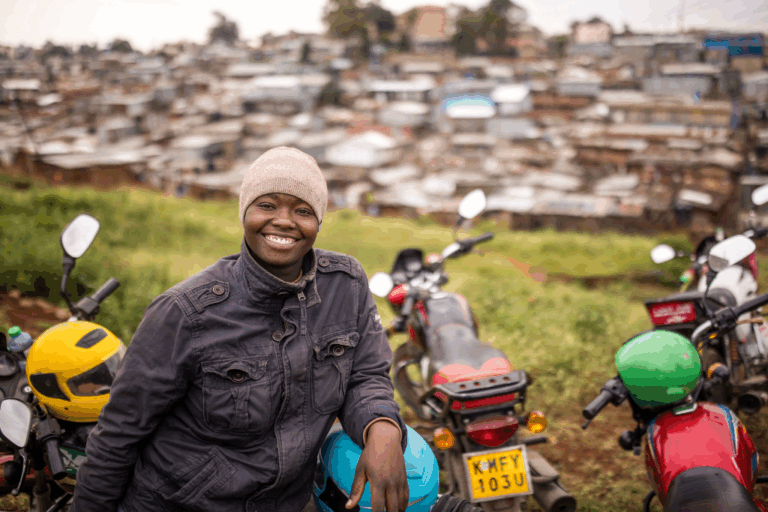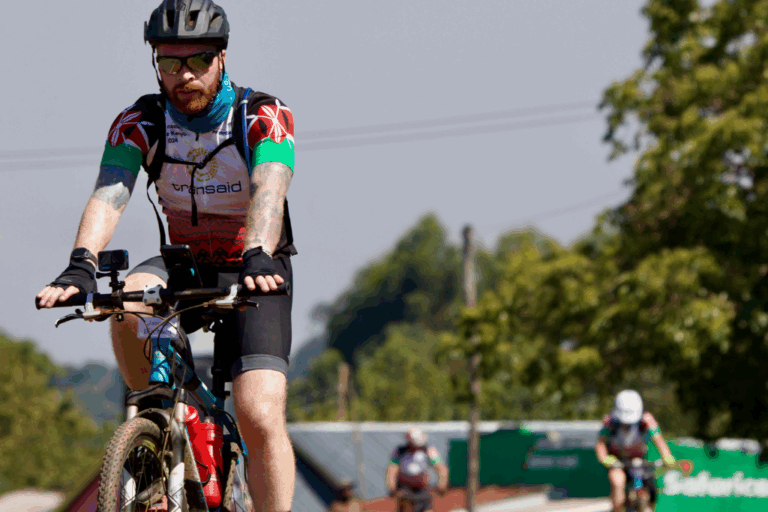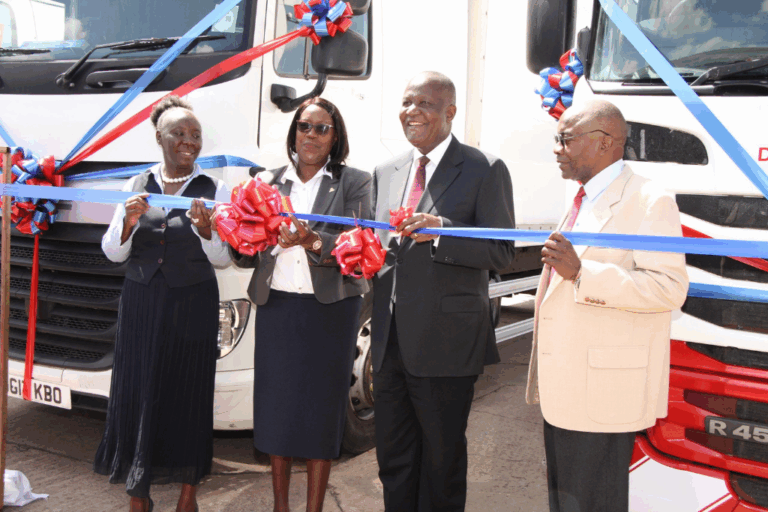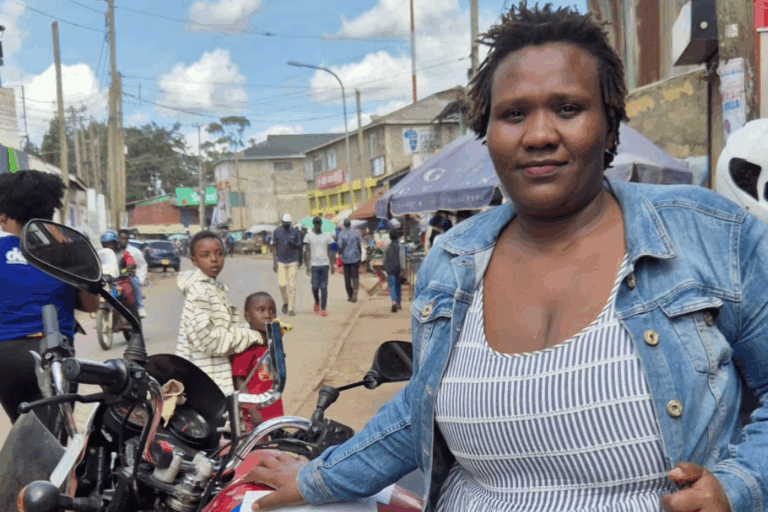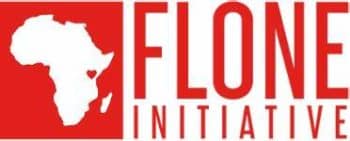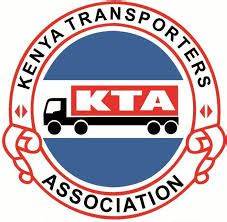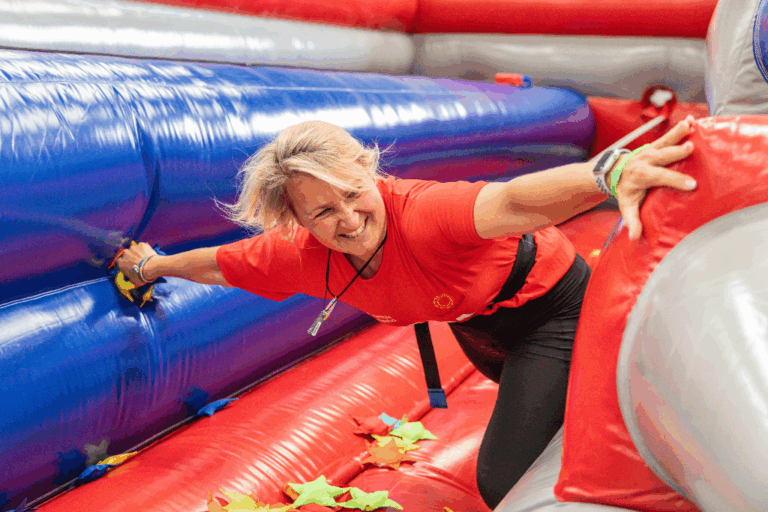
News
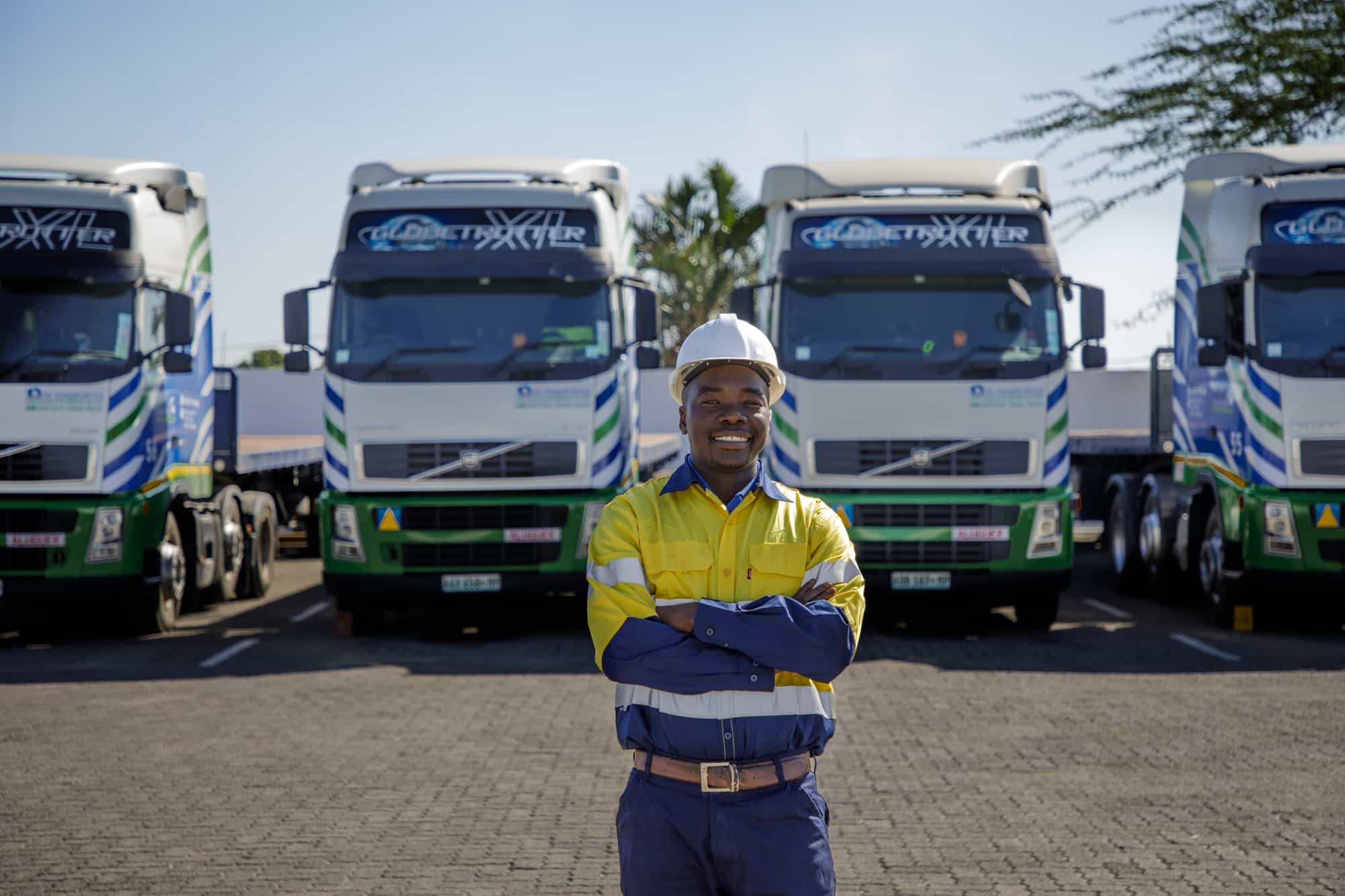
Idess Mwape’s story

Priscila Chibuye was at home one evening when she noticed that her daughter Mervis, who was four years old at the time, had a high fever. When Priscila attempted to feed her, Mervis refused to eat. Early the next morning, Priscila decided that she needed to take Mervis to the local Community Health Volunteer (CHV) as the fever had become worse overnight.
ETS provides a vital link between rural communities and health services, as part of the MAMaZ Against Malaria (MAM@Scale) programme. ETS riders are volunteers who serve their communities by using bicycle ambulances to take people to health facilities in medical emergencies.
Community Health Volunteers (CHVs) are the backbone of the health system in rural Zambia, where they provide invaluable health advice to their communities, which are located far from health facilities. CHVs are working to combat severe malaria by educating families on the danger signs, administering RAS (rectal artesunate), a pre-treatment for children with suspected severe malaria, and referring patients to health facilities for further treatment.
When Priscila and Mervis arrived at Idess Mwape’s house, Mervis was convulsing. Idess is a Community Health Volunteer (CHV) and Emergency Transport System (ETS) rider. Idess completed a Rapid Diagnostic Test (RDT) to check whether Mervis had malaria. RDTs detect malaria antigens in a person’s blood. If the malaria antigen is present, the person will test positive. When Mervis’ RDT came back positive, Idess immediately administered RAS.
Idess is custodian of a bicycle ambulance and so following her administration of RAS, she referred Mervis to the health facility, put her onto the stretcher and started the ride to the health facility.
When they reached the health facility, Mervis was given injectable artesunate and followed up at the health facility in line with treatment guidelines. Mervis has since made a full recovery from severe malaria.

“I wanted to change my community. If you neglect your community, then you have neglected the health of everyone in that community. I started as a volunteer at the facility in 2000. When MAMaZ came in to train SMAG (Safe Motherhood Action Group) volunteers, I volunteered. When the CHV training started, I also volunteered. I wanted to improve my community and improve everyone’s health.” – Idess Mwape
Nana is Idess’ niece, the daughter of her youngest sister. In the early hours one morning, Nana’s mother noticed that she had a very high fever and had started to convulse, so she took Nana straight to Idess’ house. Idess identified the signs in Nana of severe malaria, completed an RDT, administered RAS and rushed her to the health facility using the bicycle ambulance.
Idess knew that Nana’s life was at risk if she did not leave the village quickly, so she referred Nana to the health facility without delay. Thanks to Idess’ training as a CHV, Nana recovered and has not been ill since.

“Knowledge levels have improved in our community because previously people didn’t realise that if a child was having some sort of fit, it could be a sign of severe malaria. But now the CHVs have visited communities and educated everyone, they even follow people to their fields. If one has a sick child they will tell us, we will do an RDT, insert RAS and transfer them. Parents are now able to identify sickness earlier.” – Idess Mwape
Idess lives in a vast community, the furthest people live 10 kilometres away from her. Some will cycle to her and some will walk. CHVs emphasise in their outreach activities that if a child has danger signs, someone should attempt to inform them immediately, in order to be able to activate the whole system. This is because if they delay, there will be a delay in the child reaching the health facility in time.
Idess recognised the urgent need for more trained CHVs because there are parts of the community that are even further away. Idess also explained how essential a bicycle ambulance can be in terms of immediate transport.
“We have had a situation where a parent has come with a very sick child, but the bicycle ambulance has gone with another child. Then we have to make our bicycles available for them to get to the health facility.”

When Idess was first trained as a Safe Motherhood Action Group volunteer, she helped reduce maternal deaths as well as support home deliveries, which can be dangerous without a skilled birth attendent. Now Idess is a CHV and has received RAS training she can also help to improve the lives of children.
“Because of RAS, the pre-treatment is right there in the community.”
When Nana was born, her mother was transported to a health facility using a bicycle ambulance. In the community, women are encouraged to give birth at a health facility and not at home. CHVs play a vital role in raising awareness of the benefits of delivering at a healthcare facility, in case of complications.
MAM@Scale was implemented by a consortium of partners comprising Development Data, DAI Global Health, Disacare, Medicines for Malaria Venture (MMV) and Transaid, all working with the National Malaria Elimination Programme (NMEP) and the District Health Management Teams in Zambia. The consortium secured valuable funding from Grand Challenges Canada (GCC) and the Government of Canada to enable the scale up of the highly successful MAM pilot project.
Recent Posts




